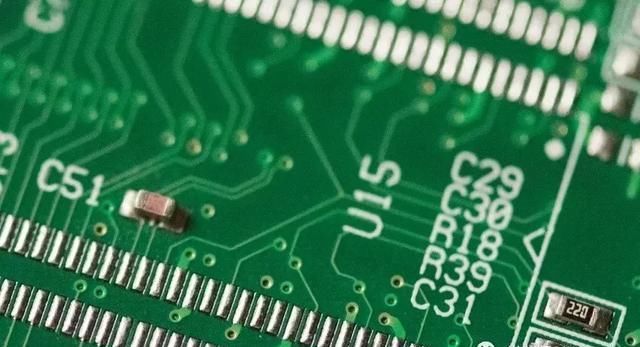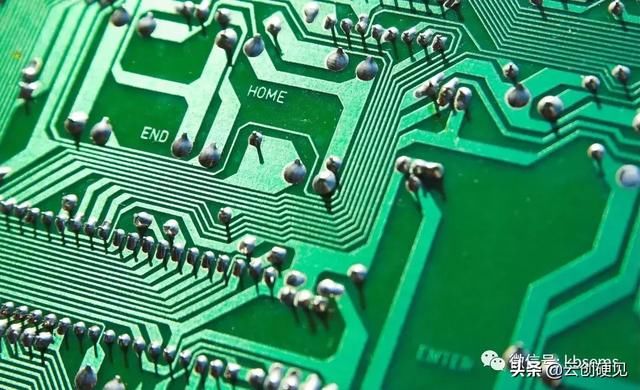
Date:2019-05-07 Categories:Industry News Hits:402
The heat generated by the electronic equipment during operation makes the internal temperature of the equipment rise rapidly. If the heat is not dissipated in time, the equipment will continue to heat up, and the device will fail due to overheating, and the reliability of the electronic equipment will decline. Therefore, it is very important to heat the circuit board.
Analysis on temperature rise factors of printed circuit board
The direct cause of PCB temperature rise is due to the existence of circuit power consumption devices, electronic devices have different degrees of power consumption, and the heat intensity changes with the size of power consumption.
There are two phenomena of temperature rise in PCB
(1) Local temperature rise or large area temperature rise;
(2) Short time temperature rise or long time temperature rise.
In the analysis of PCB thermal power consumption, generally from the following aspects to analyze.
1. Electrical power consumption
(1) The power consumption per unit area is analyzed;
(2) The distribution of power consumption on PCB is analyzed.
2. Structure of printed circuit board
(1) Size of printed circuit board;
(2) Material of printed circuit board.
3. Installation method of printed circuit board
(1) Installation method (such as vertical installation, horizontal installation);
(2) Sealing condition and distance from casing.
4. Thermal radiation
(1) Radiation coefficient of printed circuit board surface;
(2) Temperature difference between PCB and adjacent surfaces and their absolute temperature;
5. Heat conduction
(1) Install the radiator;
(2) Conduction of other mounting structures.
6. Thermal convection
(1) Natural convection;
(2) Forced cooling convection.
The analysis of the above factors is an effective way to solve the PCB temperature rise. In a product and system, these factors are interrelated and dependent. Most of the factors should be analyzed according to the actual situation. Only in view of a specific actual situation can the parameters such as temperature rise and power consumption be calculated or estimated correctly.

Heat dissipation mode of circuit board
1. High heating device with radiator and heat conduction plate
When there are a few devices in PCB with large heating capacity (less than 3), heat sink or heat conduction tube can be added to the heating device. When the temperature can not be lowered, the radiator with fan can be used to enhance the heat dissipation effect. When there are more heating devices (more than 3), large heat sink can be used. It is a special radiator customized according to the position and height of heating device on PCB board, or the high and low position of different components can be picked out from a large flat panel radiator. The whole heat sink is buckled on the surface of the components to contact with each element to dissipate heat. However, the heat dissipation effect is not good due to the poor consistency of assembly and welding of components. Usually, soft thermal phase change thermal pad is added on the surface of components to improve the heat dissipation effect.
2. Heat dissipation through PCB
At present, the widely used PCB board is copper / epoxy glass cloth substrate or phenolic resin glass cloth substrate, and there is a small amount of paper-based copper-clad plate. Although these substrates have excellent electrical and processing properties, they have poor heat dissipation. As a way of heat dissipation for high heating components, it can hardly be expected that heat is transferred from PCB itself, but heat is dissipated from the surface of components to the surrounding air. However, as electronic products have entered the era of miniaturization, high density installation and high heating assembly, it is not enough to rely on the surface of components with very small surface area to dissipate heat. At the same time, due to the large use of QFP, BGA and other surface mounted components, the heat generated by the components is transferred to the PCB board. Therefore, the best way to solve the heat dissipation is to improve the heat dissipation capacity of the PCB directly in contact with the heating element, which is transmitted or emitted through the PCB board.
3. Adopt reasonable wiring design to realize heat dissipation
Due to the poor thermal conductivity of the resin in the plate, and the copper foil circuit and hole are good conductors of heat, so improving the residual rate of copper foil and increasing the heat conduction hole are the main means of heat dissipation.
In order to evaluate the heat dissipation capacity of PCB, it is necessary to calculate the equivalent thermal conductivity (9 EQ) of insulating substrate for PCB, which is composed of various materials with different thermal conductivity.
4. For the equipment with free convection air cooling, it is better to arrange the integrated circuits (or other devices) in a longitudinal or transverse manner.
Five The devices on the same printed circuit board shall be arranged according to their calorific value and degree of heat dissipation as far as possible. The devices with small calorific value or poor heat resistance (such as small signal transistors, small-scale integrated circuits, electrolytic capacitors, etc.) shall be placed at the top stream (entrance) of cooling air flow, and the devices with high heat output or good heat resistance (such as power transistors, large-scale integrated circuits, etc.) shall be placed at the downstream of cooling air flow 。
6. In the horizontal direction, the high-power devices should be arranged as close as possible to the edge of the printed circuit board, so as to shorten the heat transfer path; in the vertical direction, the high-power devices should be arranged close to the top of the printed circuit board as far as possible, so as to reduce the influence of these devices on the temperature of other devices.
7. The device sensitive to temperature should be placed in the area with the lowest temperature (such as the bottom of the equipment), and it should not be placed directly above the heating device. Multiple devices should be staggered on the horizontal plane.
8. The heat dissipation of PCB in the equipment mainly depends on air flow, so the air flow path should be studied in the design, and the devices or printed circuit board should be reasonably configured. When air flows, it always tends to flow at the place with small resistance, so when configuring devices on the printed circuit board, it is necessary to avoid leaving a large space in a certain area. The configuration of multiple printed circuit boards in the whole machine should also pay attention to the same problem.
9. Avoid the concentration of hot spots on the PCB, distribute the power evenly on the PCB as much as possible, and keep the PCB surface temperature performance uniform and consistent. It is difficult to achieve strict uniform distribution in the design process, but the area with high power density must be avoided to avoid hot spots affecting the normal operation of the whole circuit. If there are conditions, it is necessary to analyze the thermal efficiency of printed circuit. For example, the thermal efficiency index analysis software module added in some professional PCB design software can help designers optimize circuit design.
